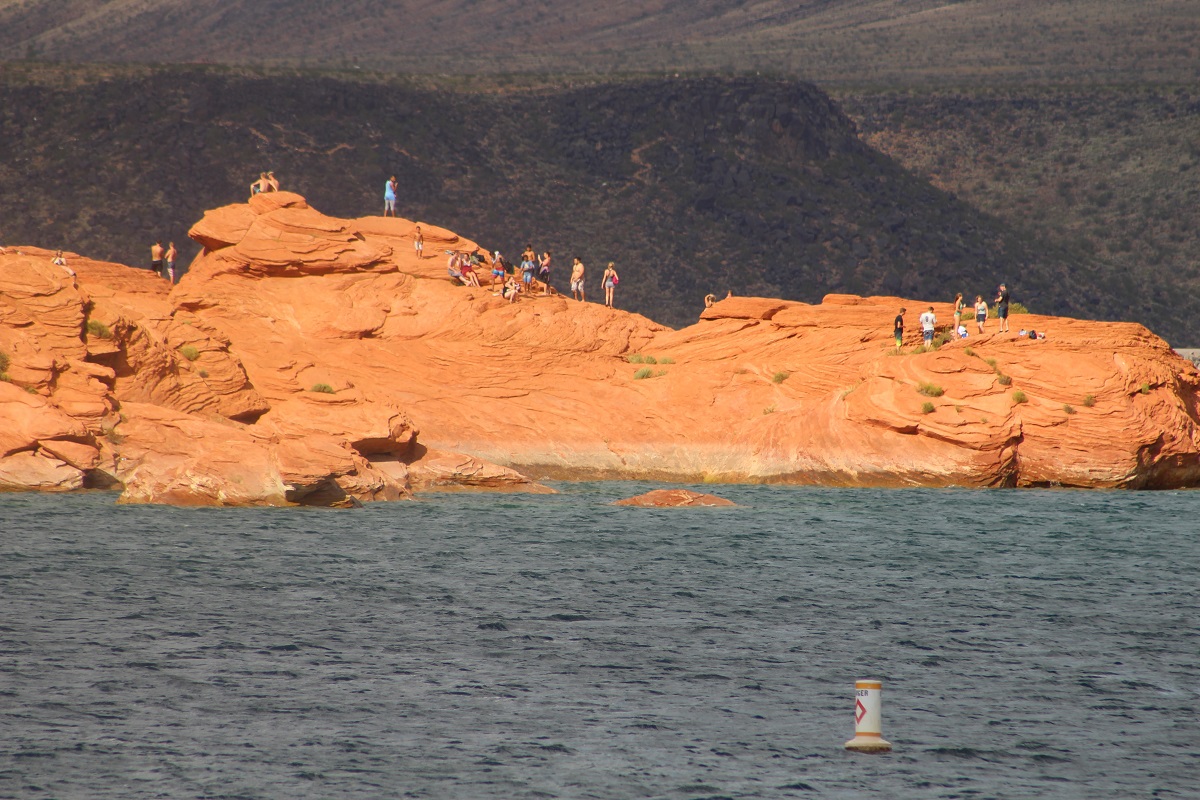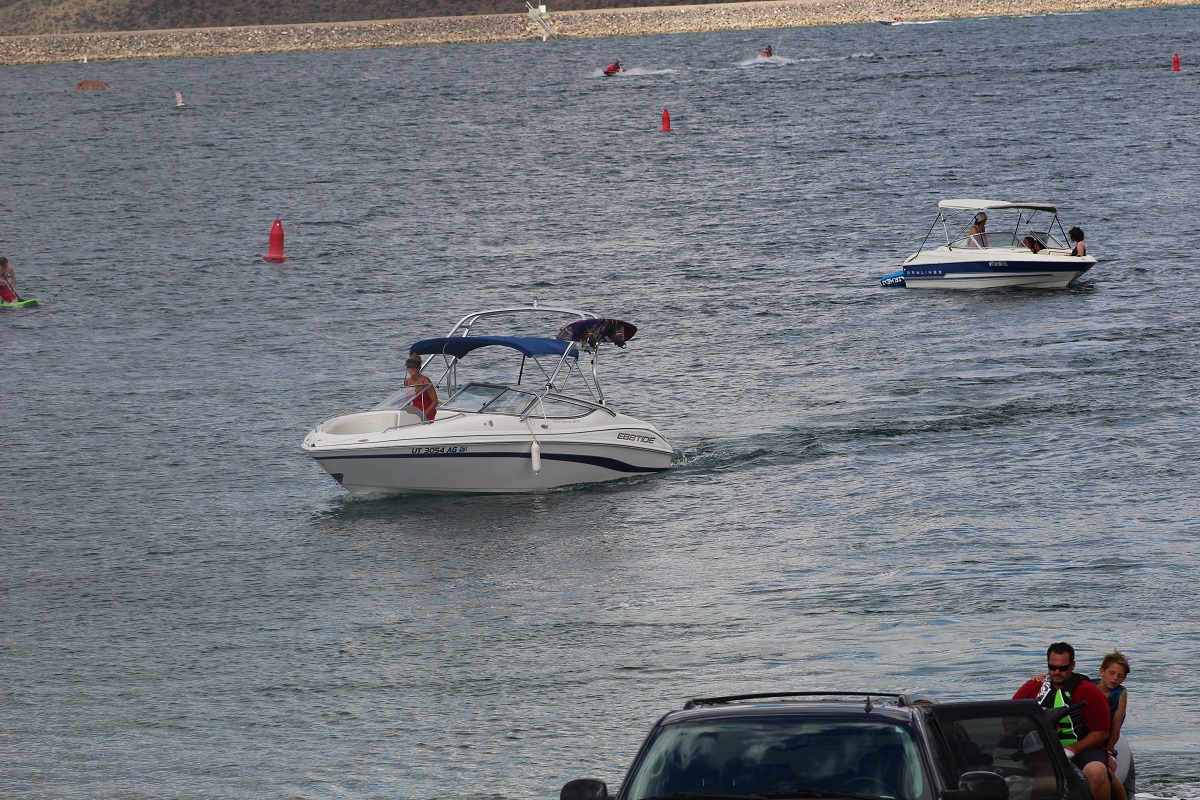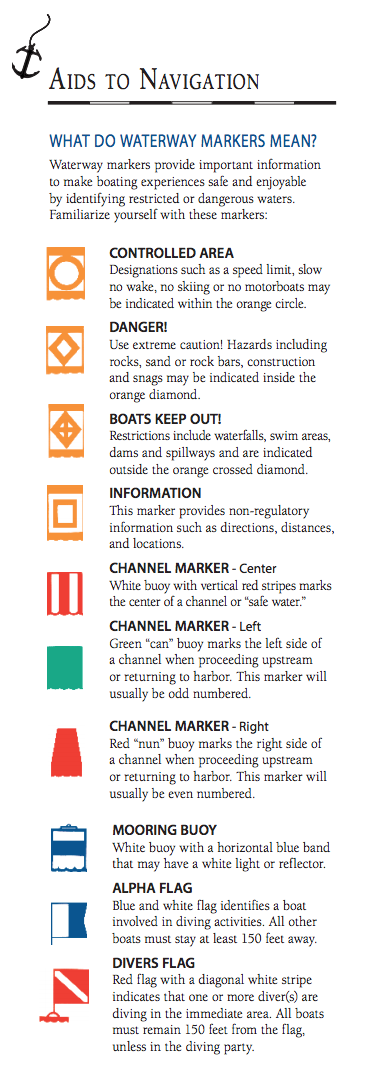
SAND HOLLOW STATE PARK — The Labor Day weekend is marked by many as the unofficial end to summer, which can increase the number of people enjoying recreational waters and also increase the dangers.
In fact, the busiest day of the three-day weekend for Sand Hollow State Park is typically Monday, Park Manager Laura Melling said.
There will be more boats, more personal watercraft, more swimmers, more sun bathers, more picnickers, more people fishing and more water-skiers on the reservoir and its beaches and rocks – you name it and there will be more of it Labor Day.
The park is also experiencing a greater number of visitors from outside the area, Melling said. Some may not be familiar with boating and safety regulations that are in place.

One area of attention is Sand Hollow’s dive park, a section dedicated to swimming and diving activities, where boats or personal watercraft are restricted from entering. When any watercraft or boats enter the restricted area, it poses significant danger to anyone in the water, state park Ranger Doug Denton said.
Saturday, for instance, was a very busy day at the dive park, and there were safety issues with boats and personal watercraft entering the restricted area, Denton said.

Dozens of people driving boats or personal watercraft received citations Saturday after entering restricted areas.
“The dive park is a no-boating area,” Denton said, “and at one point today we had between 50 and 60 people in the water, and boats were going over the top of them.”
Restricted areas or hazards are marked by waterway markers that provide important information by identifying restricted or dangerous waters, where rocks or other hidden dangers may be located.
Restrictions include waterfalls, swim areas, dams and spillways and are indicated at the perimeter of the areas by buoys with orange diamonds on them. See images of Utah’s waterway markers in the inset to this report.
There are other dangers as well for those who enjoy swimming at the lake or jumping off its scenic rocky islands into the cool water below, she said. Drowning is simply one danger everyone can prepare to avoid.
“Just wear a life jacket, I wear a life jacket,” Denton said, “you never know what’s going to happen in the water, and life jackets have saved so many lives.”
This was echoed by Melling, who cautioned those visiting the park to make sure everyone has a life jacket or flotation device.
The U.S. Coast Guard estimates that life jackets could have saved the lives of over 80 percent of boating fatality victims – 78 percent of fatal boating accident victims drowned. Of those, 84 percent were not wearing a life jacket at the time of the accident.
Unfortunately, drowning is not the only danger of lakeside recreation where the possibility of other incidents looms large. Boating catastrophes and lacerations from pieces of glass lying in the murky depths are common mishaps in lakes.
The simplest way for lakegoers to prevent injuries when near or in the water is to be mindful of their surroundings — check the weather, any water vessels and other visitors to the lake, Denton said.
The U.S. Coast Guard’s 2014 statistics show that inattentiveness is the leading cause of boating accidents, including those where fatalities occur.

Having the proper boating safety equipment is also critical, Melling said. A complete safety equipment checklist can be found here.
Many of these safety issues can be taken care of through education. Visitors to Sand Hollow are made aware of safety measures and requirements that are in place at the park, she said.
“We rely heavily on education,” Melling said, “because in the end we just want everyone to enjoy their time at the park and to have fun.”
Sand Hollow State Park opened to the public in 2003. It is located approximately 15 miles east of St George and seven miles east of the Interstate 15 Hurricane transition onto state Route 9. Signage directs motorists to the 20,000-acre park, which boasts gorgeous vistas of nearby Zion National Park. It is one of the busiest state parks in Utah and visitor numbers are on the rise.
The number of visitors in 2015 increased by nearly 82,000 over the year prior, according to visitation data provided by Utah State Parks.
See more resources below.
Click on photo to enlarge it, then use your left-right arrow keys to cycle through the gallery.
People on the dive rocks at Sand Hollow Reservoir, Sand Hollow State Park, Hurricane, Utah, Sept. 3, 2016 | Photo by Cody Blowers, St. George News
Boat in a restricted dive area on Saturday at Sand Hollow Reservoir, Sand Hollow State Park, Hurricane, Utah, Sept. 3, 2016 | Photo by Cody Blowers, St. George News
Boaters on Sand Hollow Reservoir Saturday, Sand Hollow State Park, Hurricane, Utah, Sept. 3, 2016 | Photo by Cody Blowers, St. George News
Divers and swimmers on diving rocks at Sand Hollow Reservoir, Sand Hollow State Park, Hurricane, Utah, Sept. 3, 2016 | Photo by Cody Blowers, St. George News
Divers and swimmers on diving rocks at Sand Hollow Reservoir, Sand Hollow State Park, Hurricane, Utah, Sept. 3, 2016 | Photo by Cody Blowers, St. George News





Resources
Email: [email protected]
Twitter: @STGnews
Copyright St. George News, SaintGeorgeUtah.com LLC, 2016, all rights reserved.

